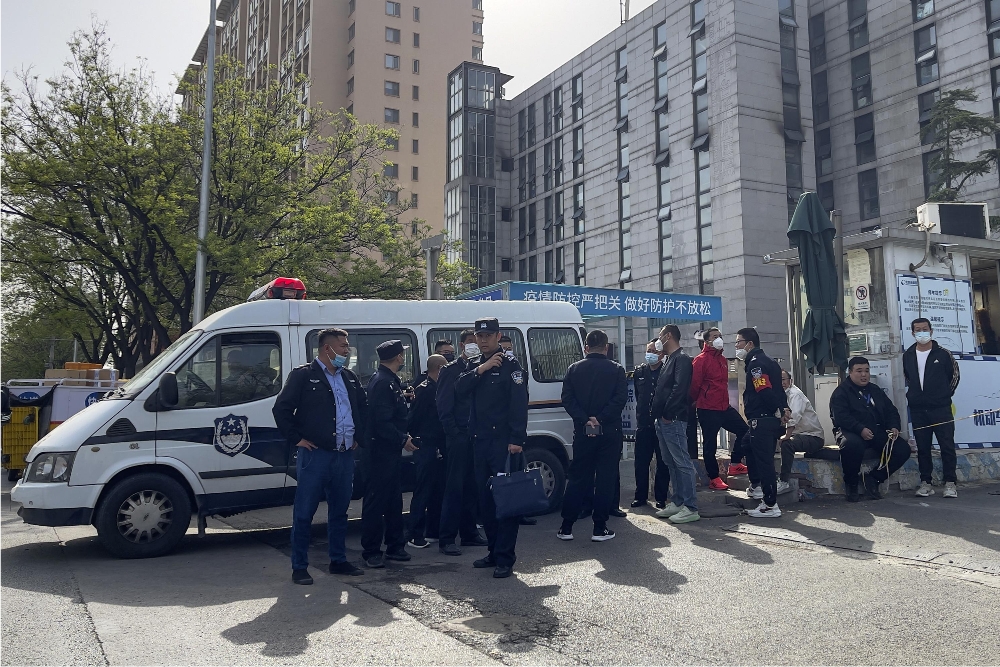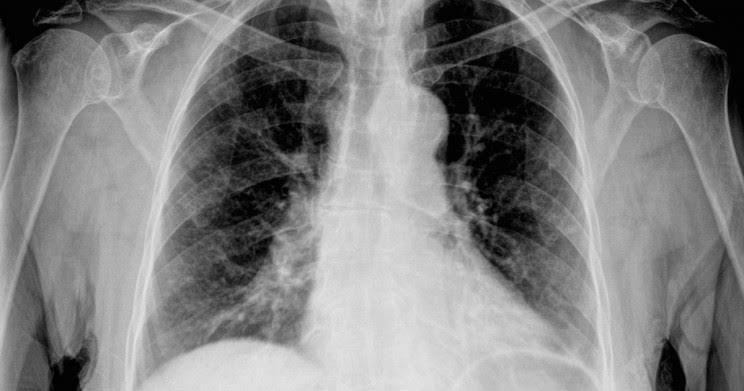Imagine a life without wrist movement. Our hands will just hang at the ends of our arms, unmoving, and almost useless. There will be no flicks of the wrist anymore. No more painting, cooking, and even writing!
What an utterly nightmarish scenario that is.
Thank goodness our wrists are flexible enough for the daily abuse we unknowingly give them. But sooner or later, they will give out. We’ll suffer an injury from an activity or an accident. We’ll ice it down, take painkillers and let it sit for some time without professional treatment, thus aggravating it.
That’s one of the reasons wrist injuries are often diagnosed too late, and much harm has been done. Through the miracles of science, most wrist injuries are reversible and treatable. If you’ve suffered a fall, or suspect you may have injured your precious wrists, see a doctor immediately.
Common wrist injuries:
Scapholunate Ligament Tear–Located at the center of the wrist, the scapholunate (SL) ligament connects two of the small carpal bones together, the scaphoid and lunate, which ensures the bones move in unison and the wrist rotates smoothly. This common wrist injury is often sustained by athletes, who report a painful loss of grip strength because the bones separate in different locations during a nasty SL ligament tear. Accidents such as falls or sudden weight bearing activities are the common causes of SL tears.
Symptoms of an SL tear:
- Bruising and Swelling
- Pain in wrist on thumb side
- Weak grip
- Snapping or popping in wrist
Triangular Fibrocartilage Complex (TFCC) Tear –The triangular fibrocartilage complex (TFCC) is a cartilage structure that sits on the side of the wrist that line up with the small finger. Among the TFCC’smany functions is thecushioning and supportof the small carpal bones in the wrist and it keeps the forearm bones (radius and ulna) stable when the hand grasps or the forearm rotates. Patients who sustain an injury or tear to the TFCC complain of chronic wrist pain.
There are two types of TFCC tears, Type 1 tears and Type 2 tears.
| TYPE 1 TEAR | TYPE 2 TEAR |
| Also called traumatic tears. Falling on an outstretched hand and excessive arm rotation are the most common causes. | Are degenerative or chronic and can occur over time and with age. The cartilage wears down over time. Some inflammatory disorders, such as rheumatoid arthritis or gout, may also contribute to Type 2 TFCC tears. |
Symptoms of a TFCC tear:
- Swelling in the wrist area
- Painful clicking in the wrist
- Loss of grip strength
- Pain, at the base of small finger side of the wrist
- Excruciating pain when wrist is bent from side to side
Carpal Tunnel Syndrome –Carpal tunnel syndrome is basically a pinched nerve (the median nerve) at the wrist, in a fixed-volume structure called the carpal tunnel.The carpal tunnel is a narrow passageway found within the center of the wrist that protects and encases the nerves and tendons in the hand. Pressure can increase in the tunnel for various reasons, resulting in the nerve becoming entrapped and damaged causing pain and dysfunction in the hand, wrist and forearm.
Symptoms of Carpal Tunnel Syndrome:
- Pain and burning sensation in the hand and fingers, at night or in the early morning.
- As the condition progresses, patients experience these symptoms with benign activities, like driving, or reading the paper.
- Over time, they start losing sensation in the thumb, index and middle fingers. Loss of muscle tone and power in the thumb can follow.
Known treatment of wrist injuries
Functional treatment – In most cases, the wrist is immobilized with a splint and the patient is prescribed anti-inflammatory medicine for a few weeks. A specialized medical evaluation is highly recommended.
Surgery – In severe cases, arthroscopic surgery may be required. After surgery, a period of immobilization is required to allow healing and will be followed by wrist therapy.
If you suffered a fall and have nagging pain, swelling, bruising and tenderness on your wrist area, seek medical help immediately. Do not wait, because the longer you do, the worse wrist injuries become.
















